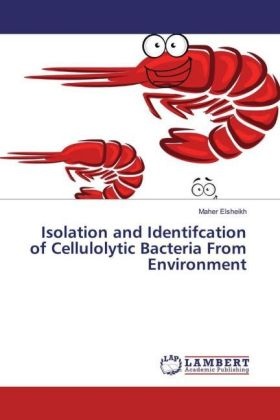Read more
Cellulose is the most abundant biopolymer on earth and is the chief component of plant biomass. Its usefulness as a nutrient depends upon hydrolysis to glucose, its main building block. Cellulose can be hydrolyzed by cellulases, a group of enzymes which, acting together, hydrolyze cellulose to smaller useful compounds such as cello-oligosaccharides, cellobiose and glucose. Cellulases are produced typically by cellulolytic bacteria that are found free-living in the environment or associated with the intestinal tracts of herbivorous animals such as termites, fish and ruminants. In this study, the normal microbiota of the intestinal tracts of Zootermopsis angusticollis the worker termite and Litopenaeus vannamei the white shrimp were sampled for the presence of cellulolytic bacteria.
About the author
Mr. Maher Elsheikh is Biomedical research Scientist with a Master's degree in Biological Sciences with emphasis on Microbiology. Currently is pursuing his PhD in Medical Microbiology. Maher has over twenty years of experience researching microbes of interest.

